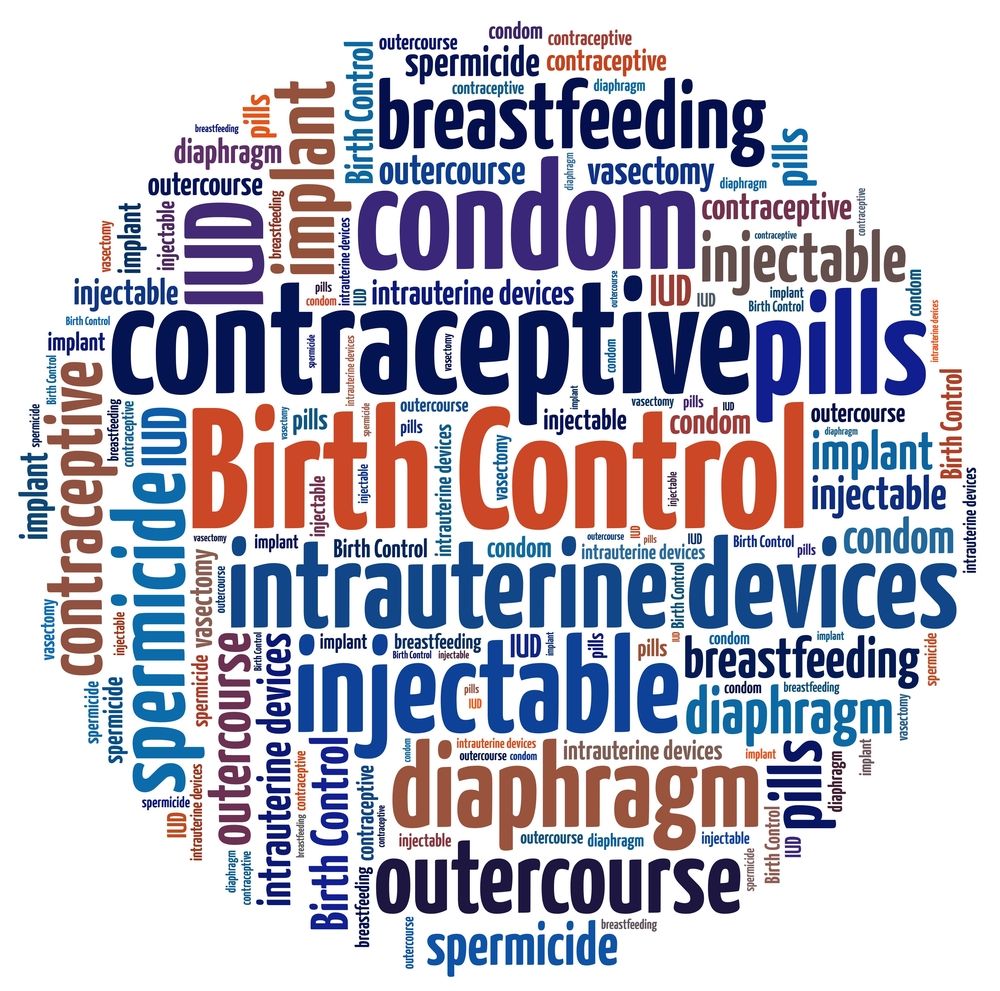Multimorbidity and effective contraception
Reproductive-aged women with at least one chronic health condition were twice as likely to use highly effective contraception than women without a chronic condition, according to new research.
©mypokclik - Shutterstock.com

Among reproductive-aged women with public insurance at a regional health system, those with at least one chronic health condition were twice as likely to use highly effective contraception than women without a chronic condition, according to a retrospective cohort study in the Journal of General Internal Medicine.
Said principal investigator Lori Gawron, MD, an assistant professor of ob/gyn at the University of Utah in Salt Lake City, “As an ob/gyn, I frequently care for women who have chronic health conditions that are not optimally managed at the time of a pregnancy. I also observe adverse outcomes that potentially could have been avoided with improved preconception health.”
Dr. Gawron said that most prevalence studies for chronic conditions do not break down their findings for reproductive-aged women. “Therefore, I wanted to understand the prevalence of conditions in young women who are at risk of pregnancy to identify opportunities to improve preconception health and pregnancy planning,” she told Contemporary OB/GYN.
Methods
The study used electronic health records to identify all women aged 16 to 49 who accessed care between 2010 and 2014 at one or both of the two largest health systems located in the Intermountain West of the United States: University of Utah Health Care (UUHC) and Intermountain Healthcare (IHC).
The investigators employed administrative codes to identify highly effective contraception and flag chronic health conditions listed in the U.S. Medical Eligibility Criteria for Contraceptive Use (US MEC) and known to increase risk of adverse pregnancy outcomes.
Findings
Of the 741.612 women assessed, 32.4% had at least one chronic health condition and 7.3% had two or more chronic conditions.
“The prevalence of chronic health conditions which could potentially adversely impact a pregnancy is higher than anticipated in a young population that we often consider to be healthy,” Dr. Gawron said.
Overall, 7.6% of women with a chronic health condition used highly effective contraception compared to only 5.1% of women without a chronic condition. However, the proportion of women using long-acting reversible contraception did not increase significantly with the number of chronic conditions: 5.8% with one condition vs. 3.2% with five or more.
Accounting for age, race, ethnicity and payer, women with chronic conditions were more likely than those without chronic conditions to use highly effective contraception: adjusted relative risk (aRR) 1.4; 95% confidence interval (CI): 1.4 to 1.5. Public insurance coverage was also linked to both use of long-acting reversible contraception (aRR 2.2.; 95% CI: 2.1. to 2.3) and permanent contraception (aRR 2.9; 95% CI: 2.7 to 3.1).
Conclusions
The goal of the study is to increase awareness of primary care providers about the frequency of chronic health conditions in women at risk for pregnancy. “Primary care providers are often front-line and serve an important role in screening for pregnancy risk to avoid missed opportunities to optimize preconception health or find safe contraceptive options if a woman does not desire pregnancy,” Dr. Gawron said.
To increase the likelihood that a woman with a chronic health condition will use highly effective contraception, she needs support in finding a contraceptive method that is safe in the setting of her chronic health condition, is acceptable to her, and also fits with her reproductive goals, according to Dr. Gawron.
“The highly effective contraceptive methods may be appropriate for some women, but not for all women,” she said. “Despite the Centers for Disease Control and Prevention (CDC) recommending highly effective contraceptive methods as the first line for women with certain high-risk conditions, we need to be thoughtful of this recommendation within a menu of contraceptive methods.”
Although increasing awareness among healthcare providers is the first step, “validated screening tools for family planning are currently limited and more research is needed for development,” Dr. Gawron said. “The medical community needs to expand its understanding of the nuances of pregnancy desires in order to avoid reproductive coercion, especially in vulnerable populations.”
Disclosures:
Dr. Gawron reports no relevant financial disclosures.
Recap on reproductive rights with David Hackney, MD, MS
December 20th 2022In this episode of Pap Talk, we spoke with David Hackney, MD, MS, maternal-fetal medicine physician at Case Western Reserve University and chair of ACOG's Ohio chapter for a full recap of where restrictions on reproductive rights have been and where they're going.
Listen
In this episode of Pap Talk, Gloria Bachmann, MD, MSc, breaks down what it means to be a health care provider for incarcerated individuals, and explores the specific challenges women and their providers face during and after incarceration. Joined by sexual health expert Michael Krychman, MD, Bachmann also discusses trauma-informed care and how providers can get informed.
Listen
